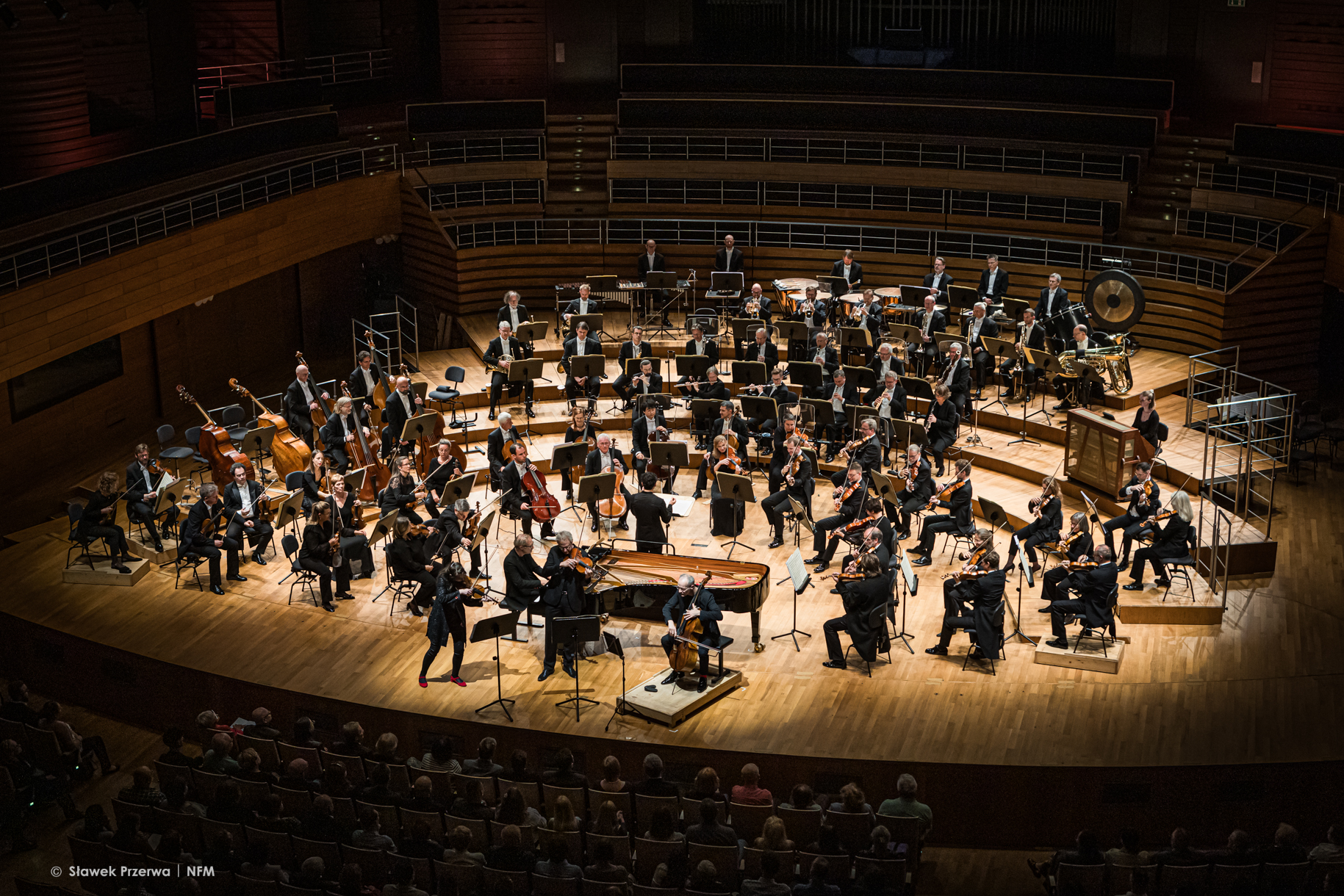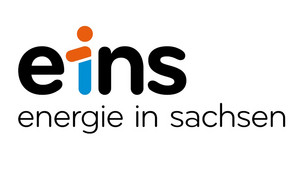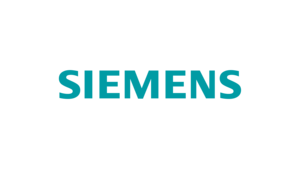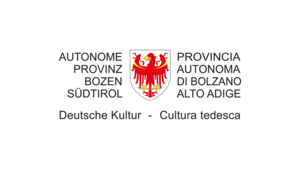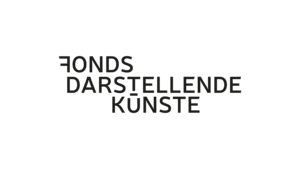"Mosty Muzyczne - Musical Bridges" is the title of the programme performed by the Robert Schumann Philharmonic Orchestra together with the Fauré Quartet on 11 June at the Artur Rubinstein Philharmonic Orchestra in Łódź and on 12 June at the National Forum for Music in Wrocław. Under the direction of the internationally successful conductor Elias Grandy, the orchestra performed works by the Łódź-born composers Alexsander Tansman and Grażyna Bacewicz as well as the Austrian composer Anton Bruckner. The musical invitation to the European Capital of Culture Chemnitz 2025 was met with enthusiastic applause from audiences in both cities.
Łódź has been Chemnitz's twin city for 50 years, while Wrocław held the title of European Capital of Culture in 2016. The Chemnitz 2025 programme builds on these connections and geographical proximity in a variety of ways. For example, the European Peace Ride, which was initiated during the application process for the title, passes through both Poland and the Czech Republic. in 2023, the three-day tour started in Görlitz/Zgorzelec and in 2022 in Wrocław. Polish cyclists are also taking part in the event this year. They are not racing, but cycling for European exchange and understanding.
The major exhibition that the Chemnitz Museum of Industry is planning for the Capital of Culture yearfocuses on the shared experiences of industrial cities . "Tales of Transformation Chemnitz - Gabrovo - Łódź - Manchester - Mulhouse - Tampere" compares the transformation processes of these European industrial cities from the beginnings of industrialisation in the 19th century to the present day and brings their respective experiences to life. In Łódź, the team from the Chemnitz Museum of Industry is working together with the Central Textile Museum. The textile industry was of particular importance for the development of both Łódź and Chemnitz. After the political change in 1989, both cities were confronted with the decline of the industry. Former industrial buildings were transformed: in Łódź, for example, Manufaktura, EC1 and Fabryka Sztuki. In Chemnitz, the Capital of Culture Visitor and Information Centre is moving into a renovated factory building.
Agnieszka Kubicka-Dzieduszycka, a curator from Wrocław, accompanied the concert tour and met various journalists and gave interviews to give a foretaste of the Capital of Culture year. She is leading the #3000Garages project for the Chemnitz 2025 programme. The media art expert has worked for both the Wro Art Centre and the WRO Media Art Biennale and brings her experience from the Polish Capital of Culture Wrocław 2016 to Chemnitz. The #3000Garages project focusses on the garage yards from the GDR era.
Here you can find an interesting radio report (in German) and an article (in Polish) about the visit to the Robert Schumann Philharmonic Orchestra.
